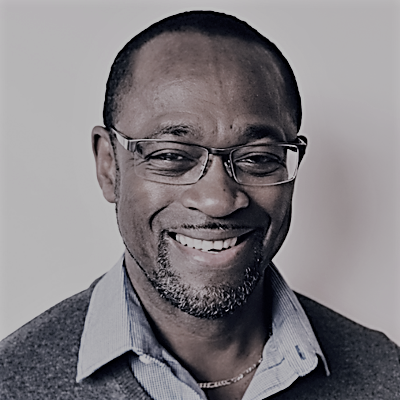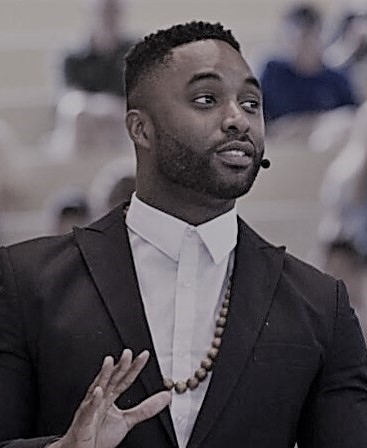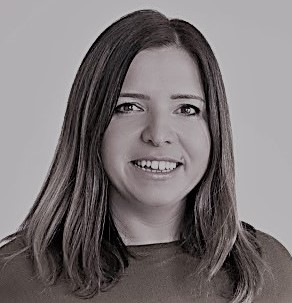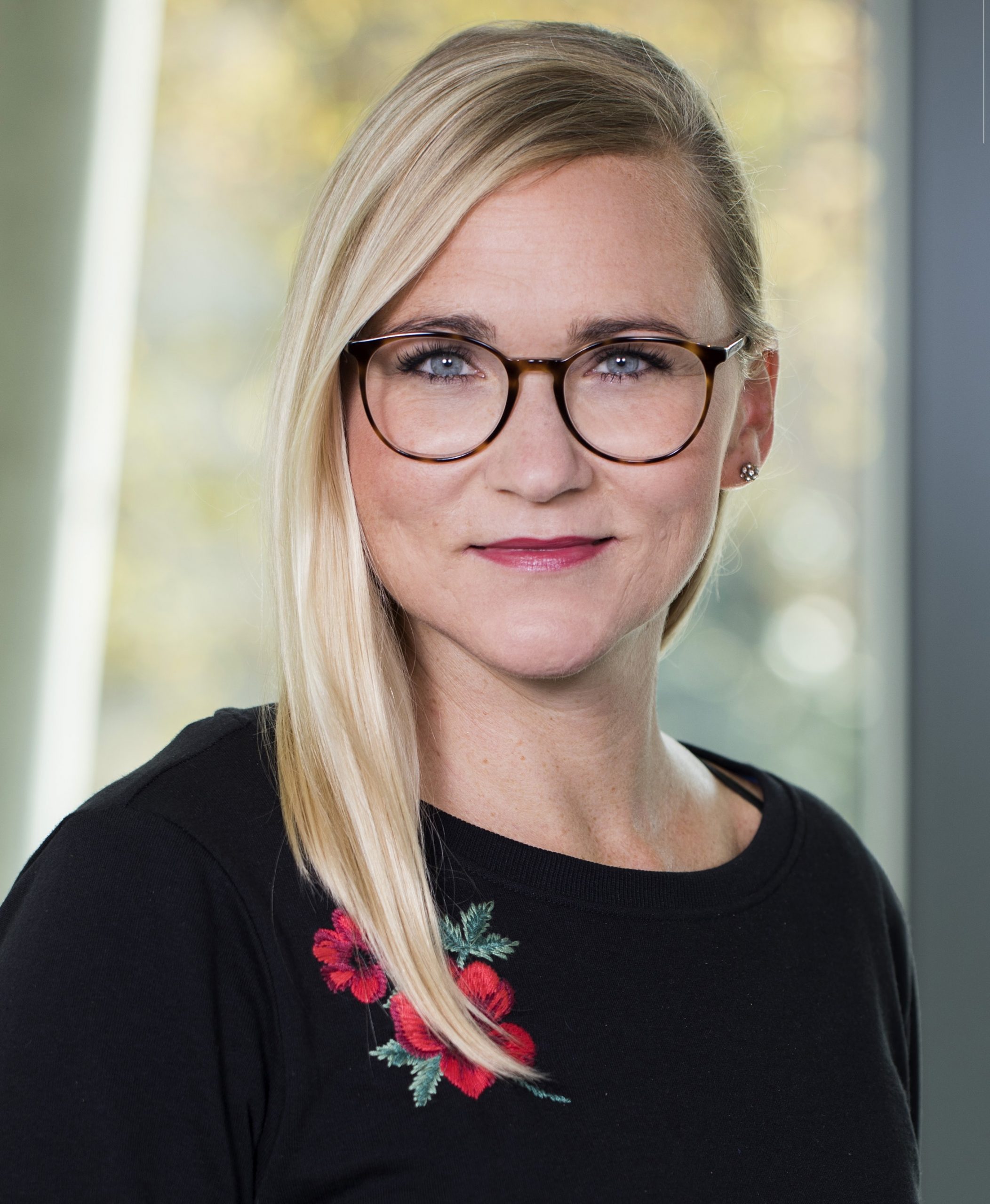Key takeaways from a #virtualspacehero LinkedIn LIVE
05.06.2020 | 14:30 CET
Racism: How to take action?
Virtual Discussion on #blacklivesmatter and #LetsTalkBias
with Livingstone Thompson | Living Cultural Solutions (Ireland/Jamaica), Tayo Rockson | Use Your Difference to Make a Difference (USA/Nigeria) & Anna Zelno | Train the Intercultural Trainer (Spain/Poland)
With the current situation in USA and movements happening across the globe to bring justice to the mistreatment of Black lives, Barbara Covarrubias Venegas hosted a #virtualspacehero LinkedIn live event to discuss the topic of racism and black lives in today’s communities, to call for bravery and action, inspire change and the power of inclusive community.
If you are asking yourself what actions should be taken against racism, how can professionals, global leaders, organizations and local communities act against racism – in this LinkedIn live -Tayo Rockson (USA /Nigeria), Livingstone Thompson (Ireland/Jamaica) & Anna Zelno (Spain/Poland) will be answering the questions, discussing the topic of racism and how to step up.
🎥 💻 If you want to watch the LinkedIn LIVE recording, here you go
How can I take action?
After the recent event in the US, the murder of George Floyd, many people are wondering and asking what they can do and how they can make the first step towards change. That’s the reason why Tayo Rockson started his challenge #LetsTalkBias where he is discussing and showing how bias can be unlearned on a daily basis during the month of June2020 (you can watch it on YouTube as well). What are the first things that we all can do? A few points that have been discussed in the LinkedIn Live are the following:
💡 Reflect – What is your first thought of blackness? Reflect on it and work on unlearning your biases from there for yourself and with your family and friends, at school or at work.
💡 Use your difference to make a difference – Activate your privilege and use it for a good purpose to make a change.
💡 Start locally – focus on areas where you can change something on a local level. This is where you have your network, you know the structure and decision-makers. Your local area is where you have influence.
💡 BUT, don’t underestimate your global impact – use your social media networks and connections you have on a global level to take action. An example of the platform you can use is LinkedIn where leaders and diversity & inclusion experts can stand up and talk about racism, more examples here.
💡 Put time and effort into the process – transfer your unconscious thoughts and biases into conscious ones!
💡💡 Combine statements with action 💡💡
As follows, some of the action points are being described in more detail.

„Many of us will die not seeing the change we are imagining. But the critical thing is to understand that we are situated on a journey and a long stream of consciousness and action. If we do not take the imperative to do things in our time that are critical, then the change will not come.“ (Livingstone Thompson)
Reflect: Are you actively reflecting on your biases?
Starting in a small and known circle can help to overcome the first challenge of feeling uncomfortable. Talking and discussing racism with friends and family members is a good first step. Unlearning racism should be a coordinated effort at various levels.
We all exist in many institutions: family as a primary institution, schools as an educational institution, workplace, religion, and many more. If you are not sure where to start – a good initial step is your circle of influence. Ask yourself – what or who is my circle of influence?
Have a difficult conversation of identifying your biases and having those reflections verbalized – publically or internally within your family. That’s the way you will get comfortable with it.
Most cities and most areas have their local communities. Ask yourself if you are part of those organizations? Do you take an interest in what they are doing? We have to insert in the conversation the need to become aware. We should reflect on every area of our lives. Our everyday conversations and interactions with family – your children, grandchildren – your words and your reflection will have an impact on them and influence their way of thinking. Reflect on your awareness – you know what’s going on but maybe you don’t know how to make the first step?
“Become comfortable with being uncomfortable.” (Livingtone Thompson)
People might feel uncomfortable with the topic of racism because they don’t know what to say or the discussion itself is very uncomfortable. If this is a case – ask yourself – Is this really what I would prefer my legacy to be? That I have known that something is going on and I chose not to act towards change because it was uncomfortable speaking about it. Someone might feel afraid of wrong actions, wrong words, or being misunderstood. Being vulnerable and making mistakes is part of the process and that’s okay.
Leaders should also reflect within themselves first before acting and then lead by example with the team. Many group activities can be done within an organization but also in other institutions such as Universities.
Business Against Racism: How Global Leaders Can Take Action?
Racism is initially constructed to benefit some people and to disadvantage others. Many organizations are using calls for action, hashtag #BLM as a trend, and the whole situation to increase profit. People should become aware of this. Awareness plus action is the right combination for fighting racism and reflecting on it constantly – not only while it’s popular and it’s „trending“. If you don’t make a constant reflection, discussion of the topic of racism, a habit – action towards inclusiveness will not be sustainable. Diversity and inclusion within organizations should exist every week and every day – not only when it’s „trendy“ to talk about it. A great overview about how organizations and businesses can and should take action, is given in the following Vienna Global Leaders Blog post.
Diversity and Inclusion trainers should be aware that credibility is very important. If delivering diversity and inclusion training is only with the aim of profiting from it – it is a waste of time and clients will not come back to that organization. Trainers and experts should be honest with what jobs and training will or will not make a difference in the long run. The first step towards diversity and inclusion for organizations should be shifting their organizational culture towards sustainability. It is up to the leader and professional to share best practices.
„We have to make learning or teaching sustainable. And if someone believes that it’s possible to change and reflect on unconscious bias in two hours with a PowerPoint presentation – it’s impossible“ (Anna Zelno)
How can you use your difference to make a difference?
Become aware of your privilege, and use your difference to make a difference. Not all people have to worry about racism in their daily lives – that can be defined as a privilege. You should become aware of it and use it to make a sustainable change. People will keep their internal dialogue if they are unwilling to say words, such as racism, black, or statements, such as “there are differences” or „I see color“ which doesn’t advance the cause.
Many of us will not be here when the real and visible change occurs. But it is important to realize that we are all part of this and it is a long-term process. To achieve that change we should be big-picture thinkers.
What about you: are you a big-picture thinker?
Use your civic responsibility and TAKE ACTION
Everyone has their own civic responsibility – and we should use it! Mayors on a local level chose the police officials, and all those people are one that you can vote for. Make sure that people hear that this is important to you. Leaders should take the initiative too. The more people on, for example, LinkedIn are doing this simultaneously, the better it is going to be.
“I decided to talk about what is going on and reflect with my students – whatever course I am teaching. And I do the same with my company trainings. And I am suggesting to managers who are with me in coaching processes are putting #blacklivesmatter #letstalkbias on their team meetings as well. We definitely shoud not only adress what is going on in a diversity or intercultural training.” (Barbara Covarrubias)
Use your civic responsibility and verbalize it and then act upon it. This should be a coordinated effort and a habit – not a trend!
„Many of us perceived whiteness as a standard. Implicitly, explicitly or systematically. So, if leaders in LinkedIn are not able to use their platform to say – I made a mistake here, I’m going to work towards doing this..and then matching that statement with action…You have to be able to actually lose something“ (Tayo Rockson)

Thanks to our amazing discussants!

Livingstone Thompson

Tayo Rockson

Anna Zelno
Resources (with gratitude adapted from Vienna Global Leaders)
“It is not enough to be not racist, you must actively be anti-racist” – Angela Davis
AntiRacism Resources: This document is intended to serve as a resource to white people and parents to deepen our anti-racism work. If you haven’t engaged in anti-racism work in the past, start now. Feel free to circulate this document on social media and with your friends, family, and colleagues. The following document also provides a list of resources is intended to help white people gain a deeper understanding of racism and the anti-racist work that needs to be done.
TED Talks to help you understand racism in America: From passionate pleas for reform to poetic turns of phrase, these talks take an honest look at everyday realities of Black Americans and illuminate the way forward.
Tayo Rockson’s #LetsTalkBias daily challenge in June 2020: Follow along on LinkedIn, Instagram, YouTube, Facebook, his blog, or podcast!
PRACTICING ALLYSHIP
- What Does It Mean To Be A White Ally
- Opportunities For White People In The Fight For Racial Justice
- Speak Up: Responding To Everyday Bigotry
- 10 Things All ‘Allies’ Need To Know
- How To Actually Be An Ally To Students Of Color In College (And Beyond)
- A Guide To Responding To Microaggressions
- Bystander Intervention
- Allies And Microaggressions
- How To Talk To People You Disagree With
BLACK VOICES ABOUT THE CURRENT WORKPLACE
- Forbes: 10 Actions You Can Take To Promote Racial Justice In The Workplace
- HBR: U.S. Businesses Must Take Meaningful Action Against Racism
- Medium: How Managers Can (and Should) Address Race and Violence in the News
- Medium: Maintaining Professionalism In The Age of Black Death Is….A Lot
- BYP-Network: Black Employees Need Support Right Now, We’re Tired
- Refinery29: Your Black Colleagues May Look Like They’re Okay — Chances Are They’re Not
- LinkedIn: Do you really want to help?
- Documentaries to watch instead of asking a person of colour to explain things for you
YOUR WHITE PRIVILEGE EDUCATION: A START
- A google docs with anti-racism resources for children, adults, what to read and watch, where to sign and donate
- Understanding White Privilege: A Checklist
- The Pyramid of White Supremacy
- 1 minute TikTok: White Privilege Is Real
- For children: KidYOUniversity
- Instagram: A Guide to White Privilege
- Instagram: 10 simple ways white people can fight everyday racism
- Instagram: How to be actively anti-racist
- TED: Why we need to call out casual racism
- DW: George Floyd killing opens racism wounds for European Blacks
- European Network Against Racism






